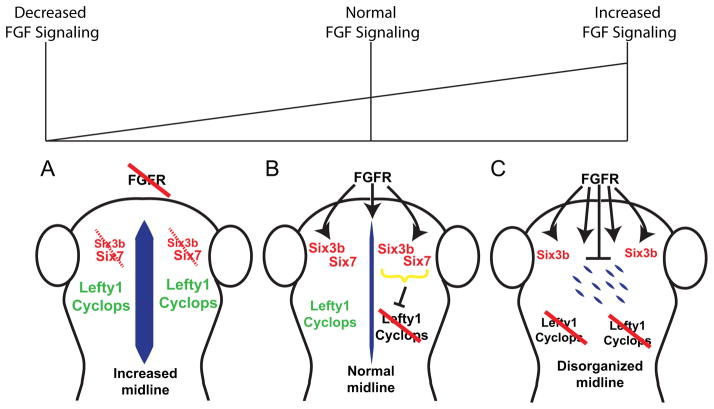Figure 6. A balance of FGF activity in the brain controls six3 gene expression, brain midline organization and Left-Right asymmetric lefty1 gene expression.
(A) Down-regulation of FGF signaling leads to decreased six3 expression on both sides of the brain and an expansion of brain midline structures. (B) When both FGF signaling and six3 activity are normal, a normal midline structure forms in the brain and allows normal left-sided expression of lefty1. (C) Hyper-activation of FGF signaling increases six3b expression, and other factors, while inhibiting six7 expression. Enhanced FGF-signaling also disrupts brain midline organization. Consequently, lefty1 expression is absent on both sides of the brain, leading to bilateral symmetry (absent expression) that is the opposite of the bilateral symmetry (bilateral expression) seen in the absence of FGF signaling and six3 gene function.

